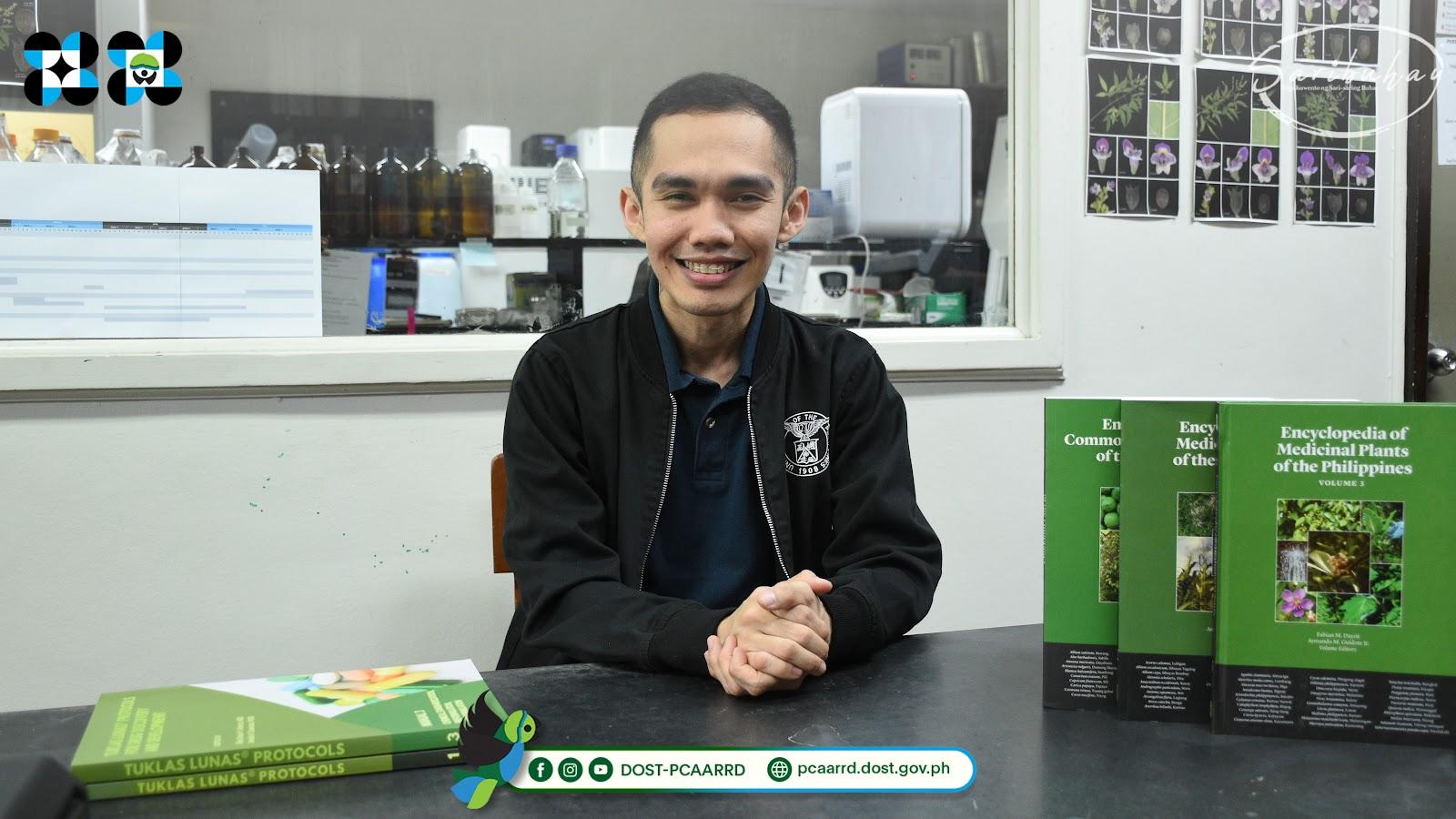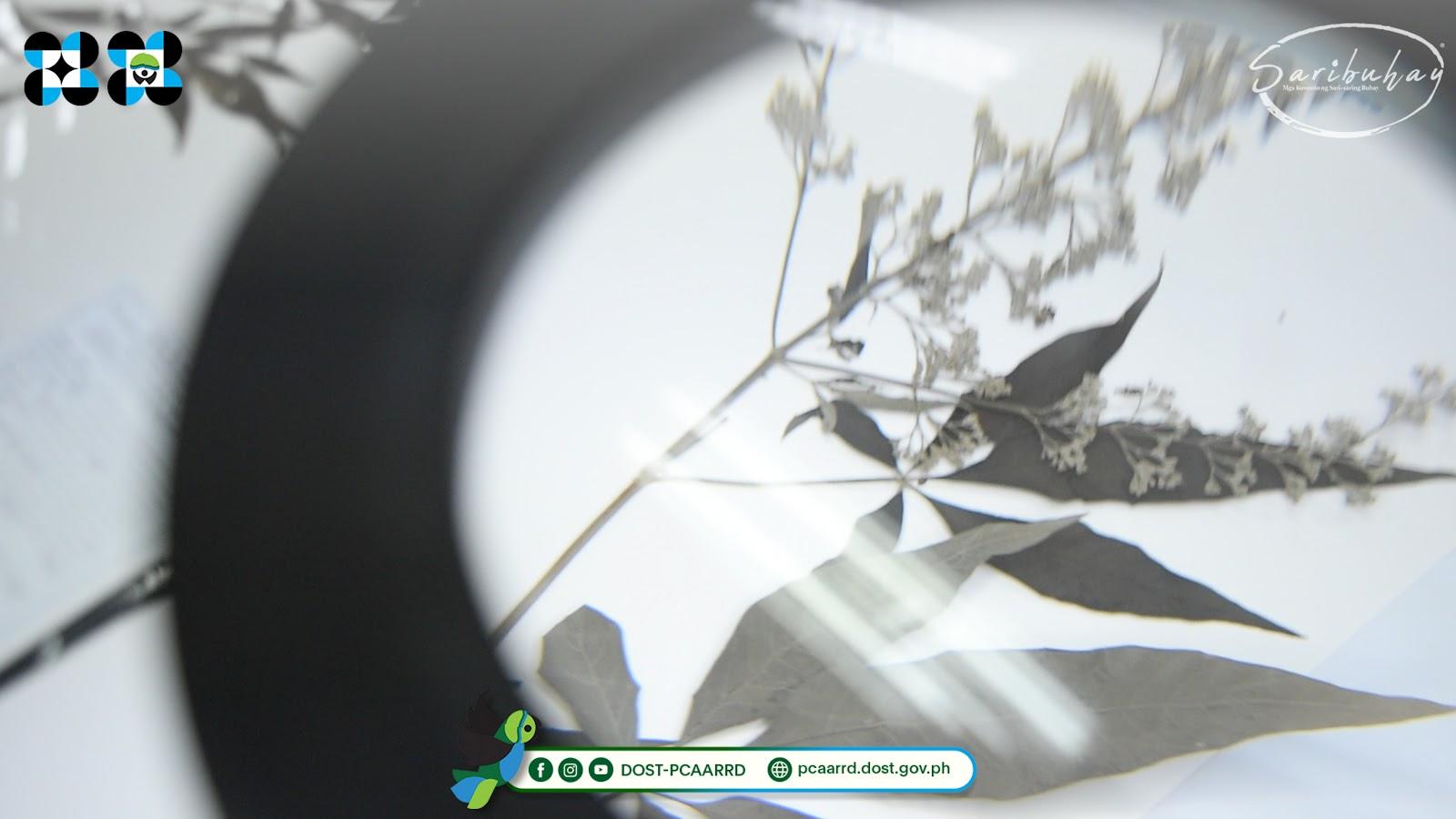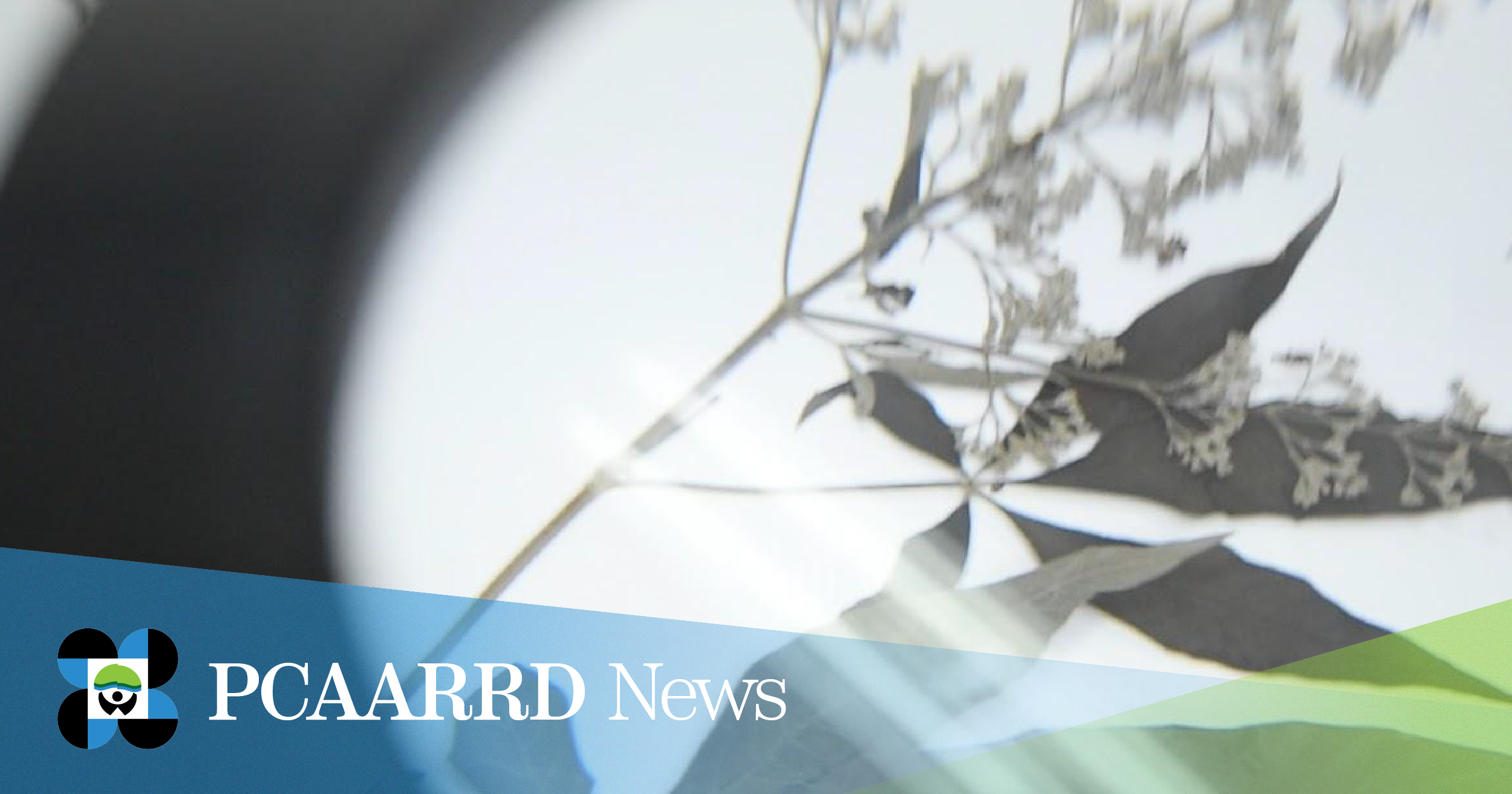
Medicinal plants are gifts from nature, long embedded in traditional healing practices for thousands of years. With over 1,600 medicinal plant species in the Philippines, how can we enrich further the benefits of these natural wonders?
In the pilot episode in its third season, Saribuhay featured the project, “Development, Genotyping and Preliminary Evaluation of Genetically Stable Planting Materials of Selected Medicinal Plants,” led by Dr. Renerio P. Gentallan Jr. of the Institute of Crop Science (ICropS), College of Agriculture and Food Science (CAFS) of the University of the Philippines Los Baños (UPLB). Dr. Gentallan was a recipient of the Graduate Research and Education Assistantship for Technology (GREAT) Program of the Philippine Council for Agriculture, Aquatic and Natural Resources Research and Development of the Department of Science and Technology (DOST-PCAARRD).
“Despite the potential and importance of these medicinal plants, the supply of genetically stable raw materials is not ensured in the Philippine Herbal Industry,” Dr. Gentallan shared in the episode. With that, the project aims to develop genetically stable accessions of nine selected medicinal plants namely, ‘akapulko,’ ‘lagundi,’ ‘tsaang-gubat,’ ‘sambong,’ turmeric, ‘niyug-niyogan,’ ‘roselle,’ ‘serpentina,’ and ‘pansit-pansitan.’ These accessions can be used as standards for maintaining the quality of medicinal plant species.
One notable output of the project is the discovery of a new Lagundi species (Vitex trifolia complex [Lamiaceae]) that is native to the Philippines. The project also developed a new and cost-effective way to extract DNA from medicinal plant species.

In its current phase, the project hopes to extend its impact by making its research outputs accessible and by establishing community-based production of medicinal plants using quality planting materials.
While Dr. Gentallan believes that there is still a gap in the management and breeding of medicinal plant species, he remains hopeful that the ongoing initiatives will aid in conserving and sustainably utilizing them. He shares, “By making our research accessible and comprehensible, we hope to empower researchers, healthcare providers, communities, and enthusiasts to unlock the potential of these botanical treasures.”
Saribuhay is a nonprofit infotainment YouTube series that features DOST-PCAARRD’s initiatives on biodiversity and natural resources. Watch the full episode on YouTube: Paano natin mapayayabong ang mga halamang gamot sa ating bansa? | Saribuhay

